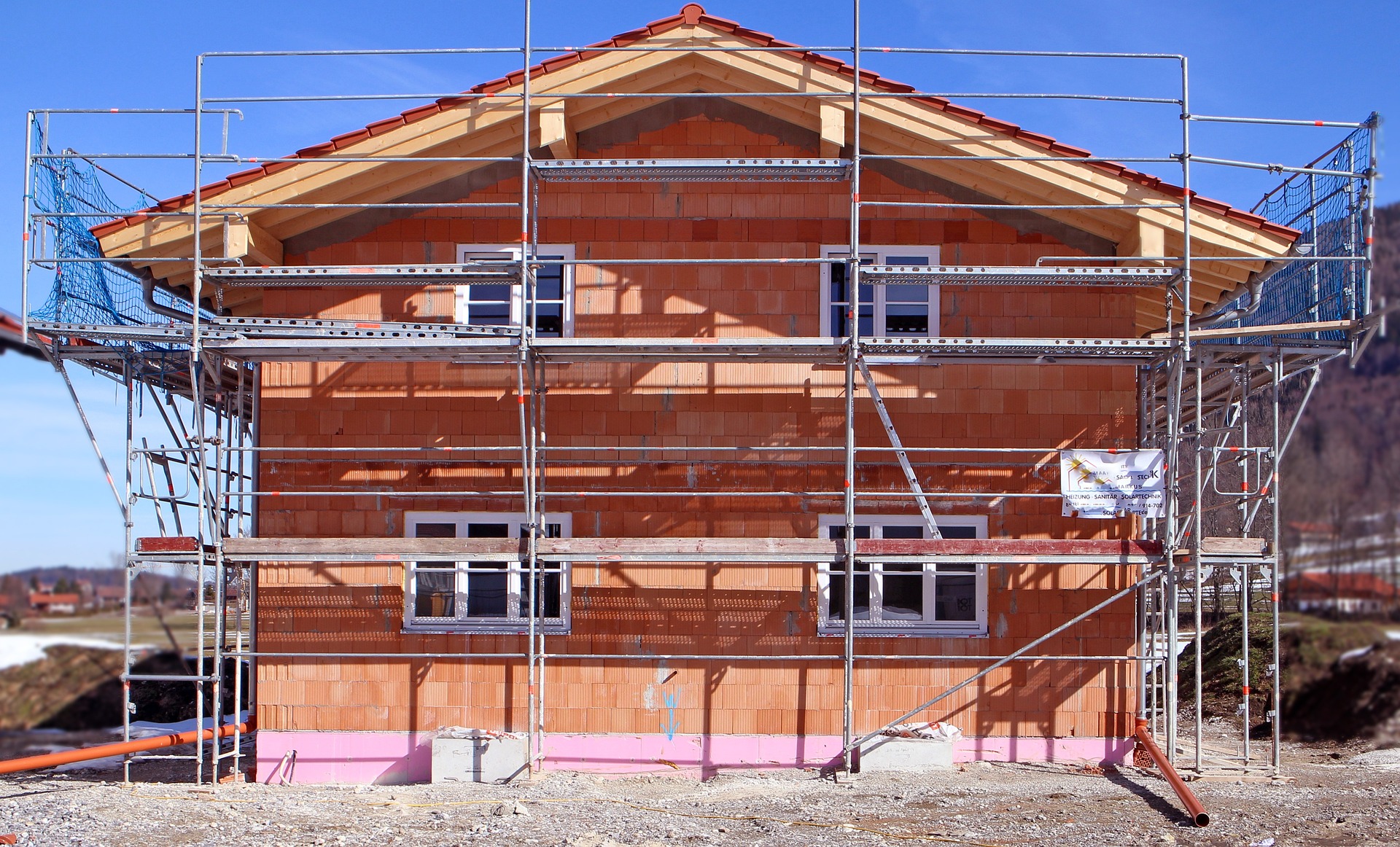Upgrade Your Home with Window Replacement: What You Need to Know
Replacing your old windows is one of the most effective ways to improve your home’s comfort, energy efficiency, and appearance. Modern windows offer better insulation, reduce drafts, and can significantly lower your heating and cooling bills. Beyond energy savings, new windows also enhance your home’s security and boost its market value. Whether you’re renovating or preparing to sell, investing in quality window replacement is a smart decision that pays off in both comfort and long-term savings.

Why Consider Window Replacement?
Aging windows can lead to a host of issues, from drafts and increased energy costs to reduced home security and outdated aesthetics. Modern windows offer superior insulation, noise reduction, and UV protection. They can significantly lower your heating and cooling bills while improving your home’s overall comfort. Additionally, new windows can enhance your property’s curb appeal and potentially increase its market value. If your current windows are more than 20 years old, show signs of wear, or struggle to open and close smoothly, it might be time for an upgrade.
What Types of Windows Are Available for Replacement?
When choosing replacement windows, you’ll encounter various styles and materials. Common window types include double-hung, casement, sliding, bay, and picture windows. Each style offers unique benefits in terms of ventilation, aesthetics, and functionality. As for materials, options range from vinyl and wood to fiberglass and aluminum. Vinyl windows are popular for their affordability and low maintenance, while wood windows offer classic beauty and excellent insulation. Fiberglass windows provide durability and energy efficiency, making them a growing choice among homeowners.
How Do I Choose the Right Windows for My Home?
Selecting the perfect windows involves considering several factors:
-
Climate: Choose windows with appropriate energy ratings for your region.
-
Home architecture: Ensure the window style complements your home’s design.
-
Budget: Balance upfront costs with long-term energy savings and durability.
-
Maintenance: Consider how much time and effort you’re willing to invest in upkeep.
-
Functionality: Determine which features, such as ease of cleaning or maximum ventilation, are most important to you.
Consult with a professional window installer to assess your specific needs and recommend the best options for your home.
What Should I Expect During the Installation Process?
The window replacement process typically involves several steps:
-
Initial consultation and measurements
-
Ordering custom-fitted windows
-
Removing old windows
-
Preparing the openings
-
Installing new windows
-
Sealing and insulating around the frames
-
Clean-up and final inspection
Professional installation usually takes 1-2 days for an average home, depending on the number of windows being replaced. Experienced installers will work efficiently to minimize disruption to your daily routine and ensure proper installation for optimal performance.
How Much Does Window Replacement Cost?
Window replacement costs can vary widely based on factors such as window type, material, size, and the number of windows being replaced. On average, homeowners in the United States can expect to pay between $300 and $1,000 per window for installation, with some high-end options costing more.
Here’s a comparison of common window types and their estimated costs:
| Window Type | Material | Average Cost per Window (Installed) |
|---|---|---|
| Double-Hung | Vinyl | $300 - $850 |
| Double-Hung | Wood | $600 - $1,500 |
| Casement | Vinyl | $400 - $1,000 |
| Casement | Wood | $700 - $1,800 |
| Sliding | Vinyl | $350 - $800 |
| Bay | Vinyl | $1,500 - $3,500 |
| Picture | Vinyl | $400 - $1,200 |
Prices, rates, or cost estimates mentioned in this article are based on the latest available information but may change over time. Independent research is advised before making financial decisions.
For a whole-house window replacement, costs can range from $3,000 to $15,000 or more, depending on the size of your home and the quality of windows chosen. While the initial investment may seem substantial, remember that energy-efficient windows can lead to significant savings on utility bills over time.
Ready to Upgrade? Next Steps for Window Replacement
If you’re considering window replacement, start by assessing your current windows and identifying your goals for the upgrade. Research local window companies and schedule consultations with at least three reputable providers. During these meetings, ask for detailed estimates, inquire about energy ratings, and discuss warranty options. Don’t hesitate to ask for references or examples of their previous work.
Once you’ve chosen a provider, carefully review the contract, ensuring all details are clearly outlined, including timeline, materials, and payment schedule. Prepare your home for installation by clearing areas around windows and covering furniture to protect it from dust and debris.
Window replacement is a significant investment in your home’s comfort, efficiency, and value. By understanding the process, considering your options carefully, and working with skilled professionals, you can ensure a successful upgrade that enhances your living space for years to come.




